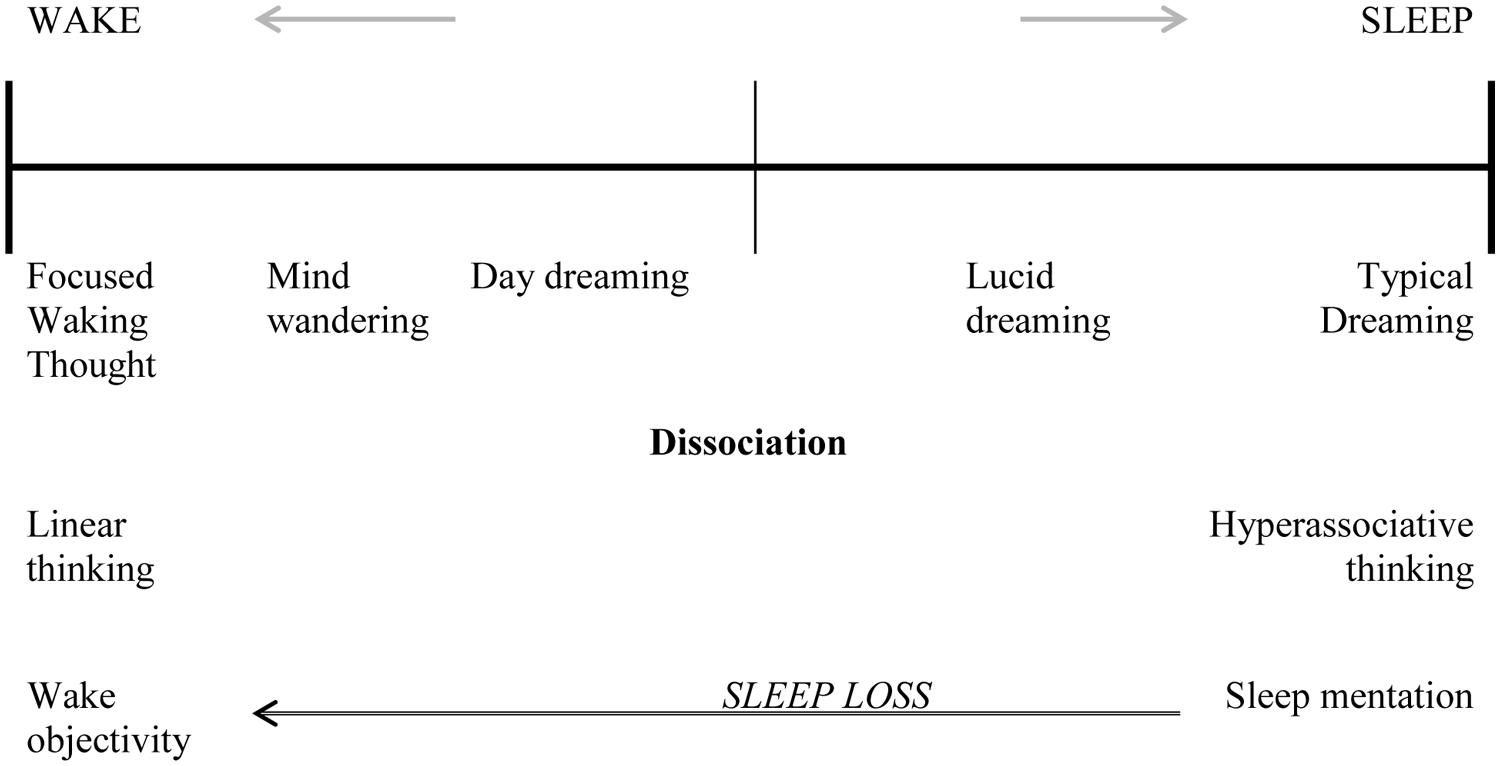|
Junior Member
Member Since Mar 2020
Location: USA
Posts: 19
|

Mar 11, 2020 at 01:18 PM
Quote:
Originally Posted by Open Eyes

Did not finish reading all of it. It's very technical and something that may be better digested if read in portions.
I was interested because when I was younger and would work on a painting or something artistic often I zoned out and whatever I did just flowed out of me as though a part of me just took over and did the painting or whatever I was creating for me.
|
It took me three days to read the entire article - even though it is short. Studies are dense, and if it isn't a 'field of expertise' it can take several reads to understand the content. I'm less interested in the actual study, which was not big enough in scope to be effective, and more interested in the concepts presented.
It discusses dreaming and wakefulness as a cognitive continuum that explains states such as identity loss, loss of environmental awareness, and highly associative thinking as part of the dream state that enhances 'flow' and 'creativity'. This theory could be tweaked a bit, being oversimplified, but still seems to make some intuitive sense for the question about the relationship between disassociation and artistic expression.

The bits that catch my attention the most:
Quote:
Recent studies have linked dissociative symptoms to vivid dreaming, nightmares, and other unusual sleep experiences (Van der Kloet et al., 2012; Van Heugten–Van der Kloet et al., 2013, 2014). However, the famous 19th century British neurologist Hughlings Jackson was the first to view dissociation as the uncoupling of normal consciousness, which results in what he termed ’the dreamy state’ (Meares, 1999). Interestingly, a century later, Levitan (1967, p. 157) hypothesized that “depersonalization is a compromise state between dreaming and waking.”
[…]
Kahan and LaBerge (1996, 2011) and Kahan et al. (1997) have shown that while there is a reduction in volition in dreaming compared to waking cognition, other properties of thought such as reflective awareness are no more present in waking thought than dreaming. Thus, waking consciousness is capable of the associative thinking thought to be typical of dreaming, and dreaming is capable of the directed and reflexive thinking thought to be typical of waking cognition.
[…]
The perceived world during waking depends on making sense of external sensory input, which engenders a strong sense of external reality in which the ‘self and its inner-world’ exists. In contrast, the world during dreaming makes less distinction between subjectivity and objectivity. A self-organizing system allows for the self and the world in both states to be integrated. Accordingly, when a degree of loss of this self-organization occurs, de-differentation of the waking and dreaming states may ensue, fostering a perception of loss of self, as occurs during episodes of depersonalization.
[…]
Chakravarty (2010) suggests that for creativity to occur, we need to be able to engage in divergent thinking, novelty seeking behavior, and suppress latent inhibition to some extent. Most importantly, a creative brain is highly interconnected (both inter- and intrahemispherically), with divergent thinking promoting more connections to be forged through development of new synapses.
|
So, 'zoning out' while painting might reflect the influence of a 'highly associative' dream state that enhances creativity. What did those paintings look like? Are they abstract, symbolic, descriptive, literal?
Once, I painted a copy of 'Girl with a Pearl Earring' as an exercise, but I zoned out while doing it... her face ended up looking like mine when I was a young child, with a level of accuracy and detail that didn't seem possible without a reference. It made me wonder how much 'sensory' information I'm storing without knowing it.
I'm still hoping @ Purple,Violet,Blue will see this and find some time to reply. 
|